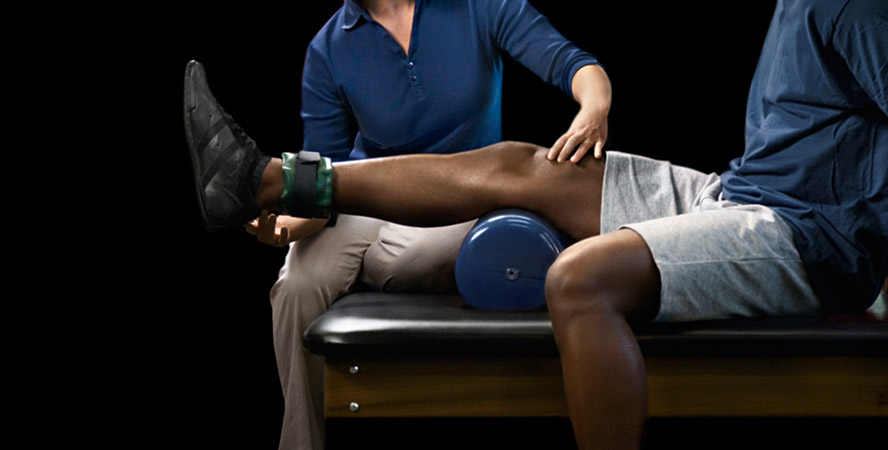Learn Common Sports Injuries as well as Efficient Rehabilitation Plans for Athletes
Learn Common Sports Injuries as well as Efficient Rehabilitation Plans for Athletes
Blog Article
Sports injuries are frequent among athletes of all ages and proficiency levels. These injuries can occur in various forms, including sprains, muscle injuries, fractures, and tendonitis. Understanding the types of traumas that can happen during sports activities is essential for both avoiding and treatment. Sprains, for example, involve the overextending or tearing of ligaments, which link skeletal structures at a articulation. Strains, on the other hand, impact muscles or tendons, which connect muscles to skeletal structures. Recognizing these traumas promptly can assist athletes seek suitable care and return to their sport more rapidly.
One of the most commonly observed injuries in sports is the foot sprain. This trauma often occurs when an athlete lands ungracefully or twists their ankle during a game. Symptoms of an foot ligament injury include pain, inflammation, and difficulty walking. Prompt care typically involves the R.I.C.E. approach, which stands for Recovery, Cooling, Compression, and Lifting. This approach aids minimize swelling and pain. In severe severe situations, rehabilitative treatment may be required to restore power and flexibility to the foot before going back to sports.
Another common trauma is a muscle injury, which can occur in all sport that demands sudden actions or intense weight-bearing. Athletes may experience a muscular strain when they extend a muscle too much or when they exert too great force. Symptoms include sharp discomfort, inflammation, and muscle contractions. Recovery for muscular strains often entails light stretching and conditioning exercises. Slowly raising activity levels is vital to prevent re-injury. Sportspeople should work tightly with a rehabilitative therapist to create a safe and efficient rehabilitation strategy.
Tendon inflammation is another injury that can affect athletes, particularly those who participate in repetitive movements, such as joggers or swimmers. This condition occurs when a tendon, which links muscle to bone, becomes inflamed. Frequent locations involved by tendon inflammation include the arm, upper arm, and leg. Signs often include pain and stiffness, especially during activity. Treatment for tendonitis usually includes recovery, cooling, and anti-inflammatory medications. In certain situations, rehabilitative therapy may be recommended to improve mobility and strength in the affected area.
Preventing athletic traumas is just as crucial as addressing them. Sportspeople can minimize their chance of trauma by warming up properly before activities, using the appropriate equipment, and maintaining good fitness shape. Power training and flexibility exercises can help prepare the physique for the requirements of sports. Additionally, athletes should listen to their physical condition and take breaks when necessary. By comprehending frequent physical therapy for balance issues sports injuries and implementing effective rehabilitation plans, sportspeople can stay healthy and enjoy their favorite sports for a long time to follow.